Lots of Fuzzy Numbers Behind Walmart’s American Manufacturing Push
Walmart, the nation’s largest importer of foreign goods by volume, is currently hosting an open call for American-made product pitches at its Arkansas headquarters. This “American manufacturing summit” is part of the company’s commitment – made very publicly, with lots of fanfare, in 2013 – to buy $250 billion worth of American-made products by 2023.
Make no mistake: Walmart relentless drive for the cheapest prices available drove many manufacturers offshore over the last few decades, and it was more than a sign of the times that American manufacturing jobs steeply declined as the supercenters proliferated.
But as I’ve said from Day One, it’s undeniably a good thing that America’s biggest retailer sees the value in promoting products that were made here. Where Walmart goes, others follow. And that can have a profound effect on how and what our country purchases.
Still, the company could do much better. And it could start by being honest about the numbers behind its purchasing pledge.
Exhibit A: The company’s fancy new infographic that touts the progress made toward its $250 billion pledge.
In it Walmart lays out its pledge in glowing terms and, no matter how you slice it, $250 billion is a lot of money. But remember, this is Walmart we’re talking about, where the numbers are as big as the stores. And, based on growth models, $250 billion is less than what the company will spend if it dedicates just 5 percent of its annual procurement to American-made goods.
So the Alliance for American Manufacturing made some light edits to that infographic.
Here are some other little half-truths we found:
- Walmart counts things like household consumables, and groceries toward its American-made pledge – products that are already made here, and don’t really add much to the U.S. industrial base. You can call me impressed if its electronics aisles are stocked with domestically sourced stuff.
- It’s claim that sourcing is second only to cost considerations in procurement decisions isn’t very impressive when you note that Walmart imported more shipping containers than any other American entity last year.
- And its claim that 1 million manufacturing jobs could be created by its effort looks a lot less brawny when an independent analysis found that, two years in, its pledge has so far help create roughly 2,500.
That’s just the tip of the iceberg. You can see the rest of the correction here.
Again, Walmart’s pledge is impressive, and $250 billion spent on anything is no small potatoes. But a company with as much sway and as large a checkbook as this one deserves a little scrutiny from time to time.
Yes, we can save money and live better. But we should expect more from Walmart, too.


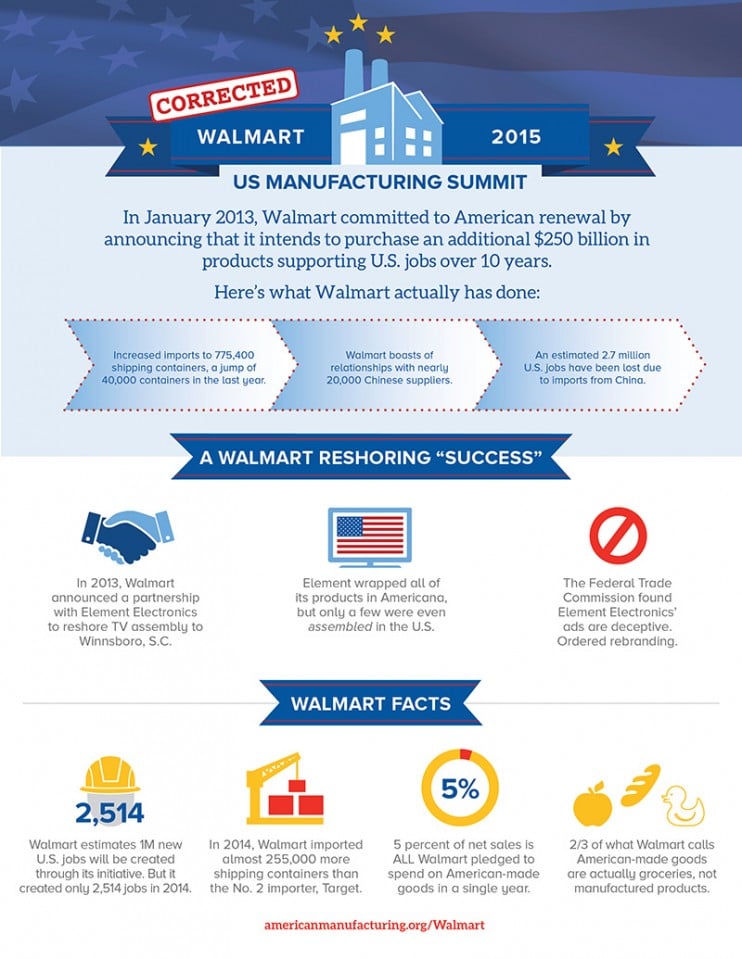
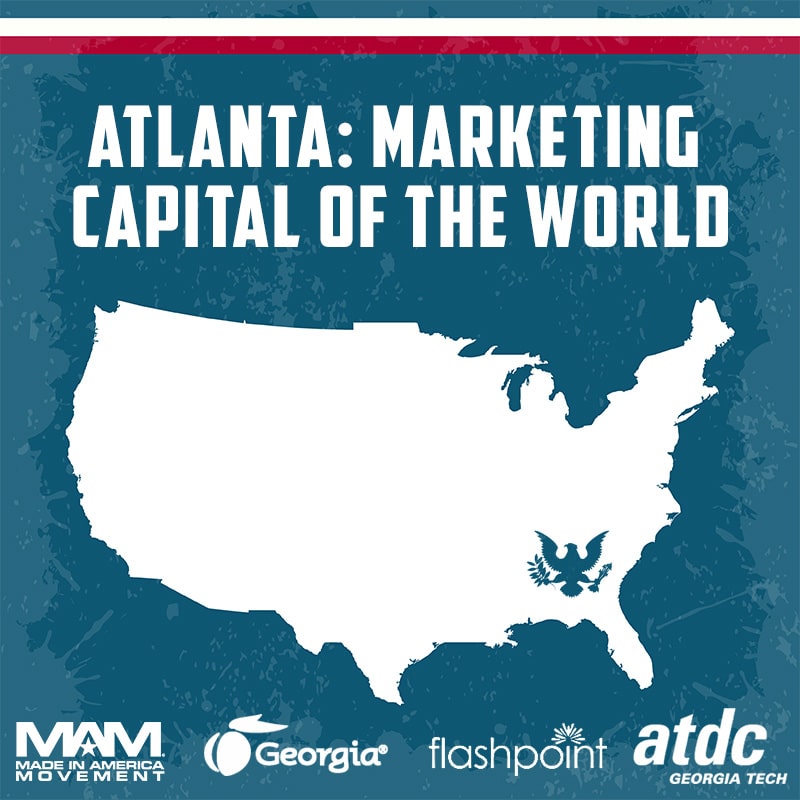
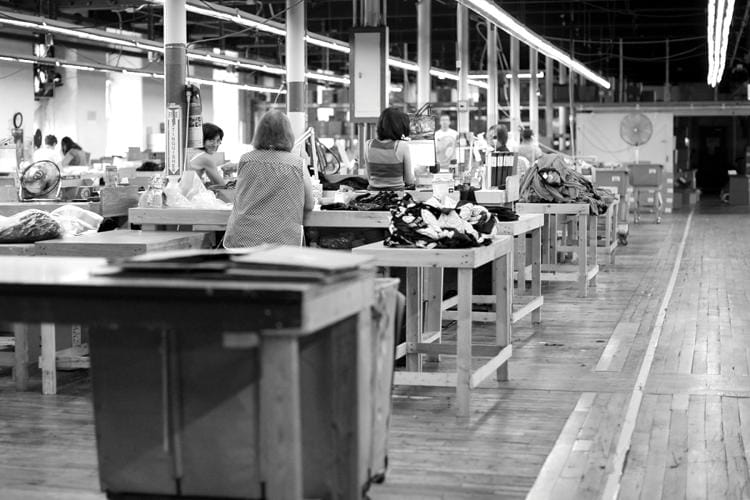
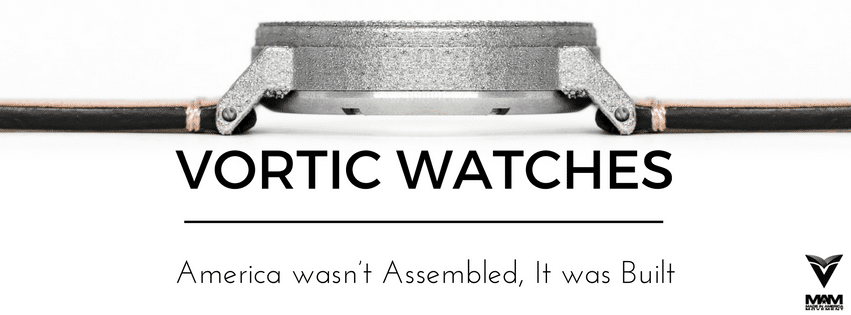
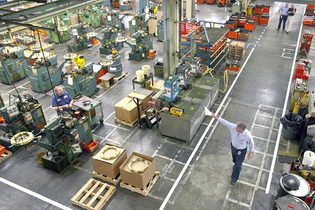




Yes, they want to open up sweat shops here.